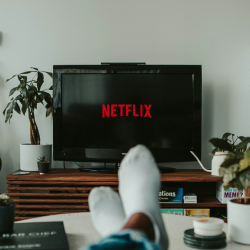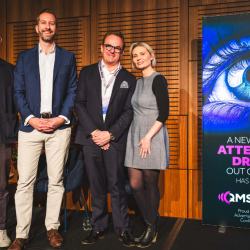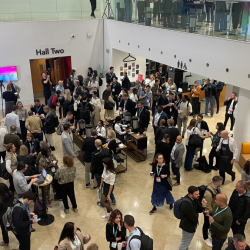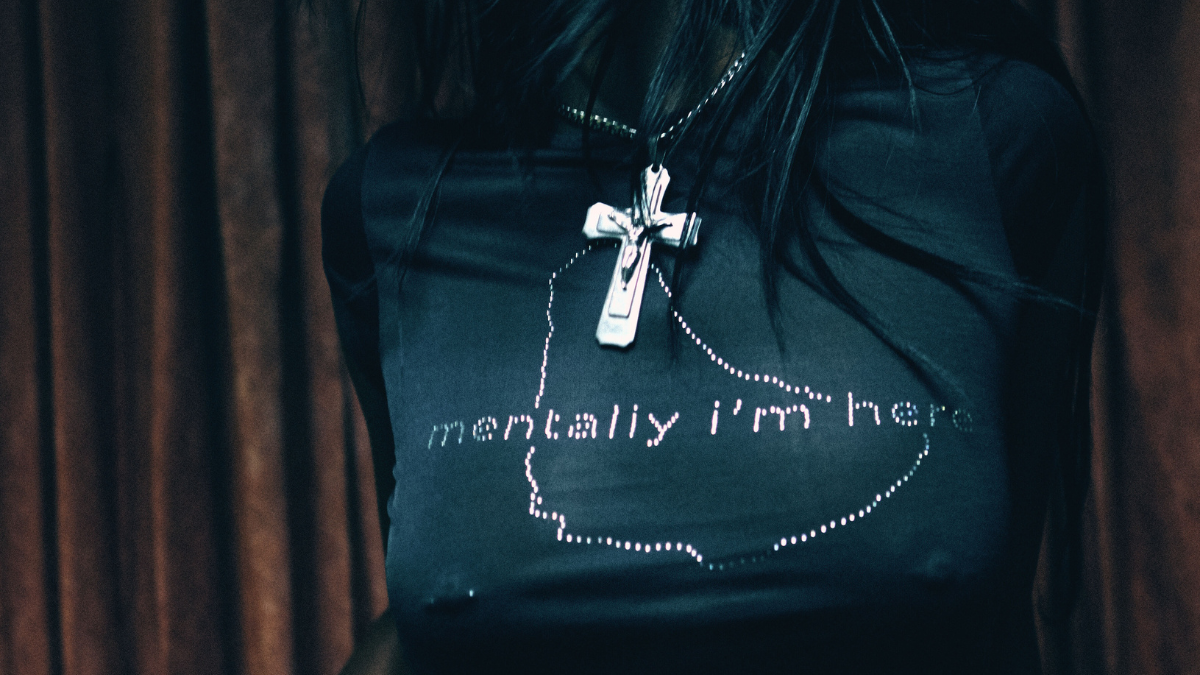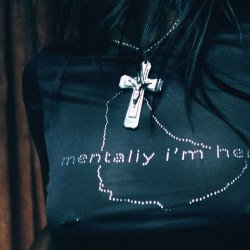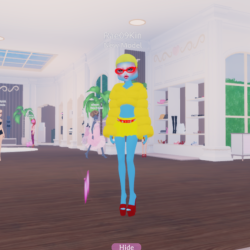It’s inarguable that the way we interact with each other has been changing thanks to a rapidly evolving digital landscape, and the pace of change seems to be accelerating by the day. And it’s also true that Covid and lockdowns have turbocharged digital adoption at scale. So, it would be easy to sit here and make the claim that the world has changed beyond all recognition and due to the rapid adoption of new technology, people are finding new tribes and connecting with people in totally new and different ways.
To some extent this is true. After all, we now meet our future partners at the swipe of a finger on our phones. Kids will log into Fortnite to watch their favourite bands together with friends, and the amount of time we’re spending interacting with each other on social channels continues to rise.
We still make human connections in the real world
But if we’re talking about making human connections, I’m not sure much of what we’re seeing here is “new” behaviour. Sure, the context of how we make new connections may have changed and evolved over time, but ultimately, we still tend to make human connections in the real world.
Our context changes, but our human behaviour tends to remain the same.
Look at the “metaverse”. My kids spend a huge amount of time on Fortnite and Roblox. Two digital worlds where my kids spend time interacting with friends and playing games together. However, they didn’t form these connections in the digital world. These are a group of friends who all know each other from school, who happen to be spending time with each other after school online. This is no different to someone like myself who grew up in the 1980s, and would spend time with friends playing on arcade machines on the weekend. Connections forged in the real world and enjoyed together through gaming. Context has changed, behaviour remains.
Or look at dating. According to recent data there are over 320 million people worldwide using dating apps to find love. Dating apps have been a game-changer in how we meet people. Instead of writing into a lonely-hearts column you can now find future soul mates at a touch of button. But what happens once you find a match? You meet in the real world and may go for a romantic dinner, a concert or the cinema. The date might be a roaring success or a night to forget, but that connection was enabled by technology but forged (or not) in the real world.
Again, context has changed but behaviour remains the same.
Human beings remain social creatures
We are hard-wired to connect and feel empathy. It’s this complex social behaviour that has enabled us to exist on this planet for so long. And that’s why our context around us will continue to evolve but our behaviour in finding ways in which we can feel real connections with each other will remain.
In short, I believe our tribes and connections will still be found in the same social spaces — pubs, restaurants, stadiums, house parties, school, university unions etc. But perhaps how easily and quickly we can access these tribes will continue to evolve. Context vs. behaviour.
Featured image: Cottonbro / Pexels


